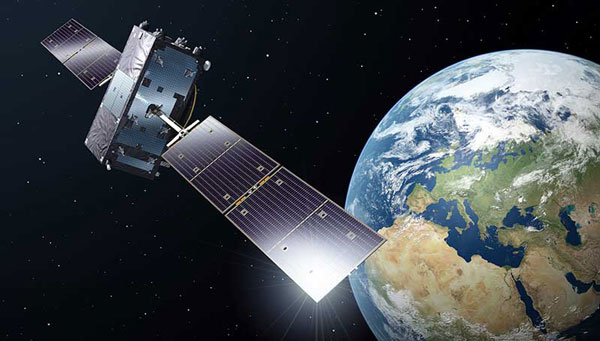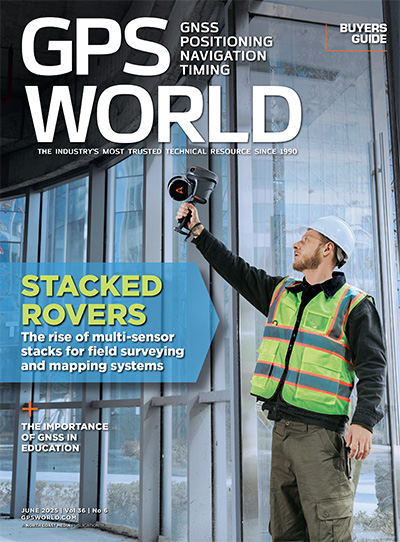Near-infrared insights: Phase One Industrial

CIR imagery can determine the health of vegetation — useful for identifying plant species, estimating biomass and assessing soil moisture and water clarity. This image near Frankfurt, Germany, shows both agricultural and urban areas.(Image: GGS and Phase One)
Adding a fourth band of near infrared (NIR) image data to three-band color (RGB) image data yields multispectral information useful in vegetation studies, such as crop metrics for agriculture, vegetation health and environmental contamination, and even city observations for monitoring green space.
A camera unit by Phase One Industrial, dubbed the 4-Band Solution, incorporates a batch-processing tool designed to automate and simplify the four-band aerial-image generation process. It is composed of two synchronized Phase One metric aerial cameras mounted side by side.
Images are captured in NIR and RGB bands simultaneously, and processed automatically to generate distortion-free images and perform fine co-registration of the pixels from NIR to the RGB images — including processing different image sizes — with seven different output options, including multispectral color-infrared (CIR) images.
Moving up into space, the Advanced Spaceborne Thermal Emission and Reflection Radiometer (ASTER) onboard NASA’s Terra satellite also captures infrared images.
In the false-color image below, vegetation appears red, snow and dry salt lakes are white, and exposed rocks are brown, gray, yellow and blue. Rock colors mainly reflect the presence of iron minerals and variations in albedo (solar energy reflected off the surface).



















Follow Us